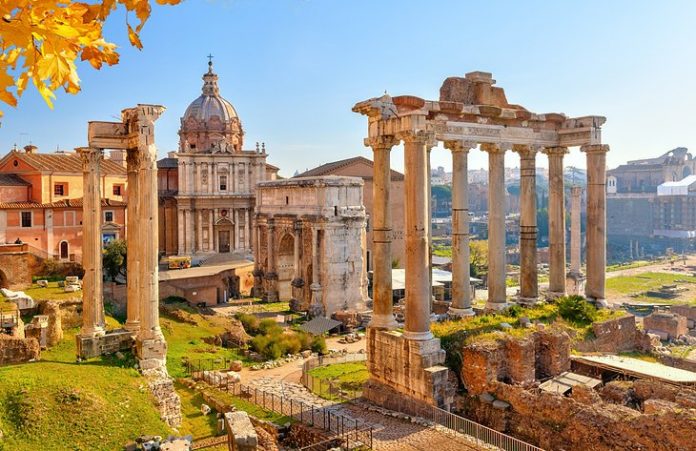15Rome (Roma)

Both for its history as the capital of Europe and for its present day role as one of the most vibrant cities, Rome heads the list for most tourists traveling to Italy.

Both for its history as the capital of Europe and for its present day role as one of the most vibrant cities, Rome heads the list for most tourists traveling to Italy.